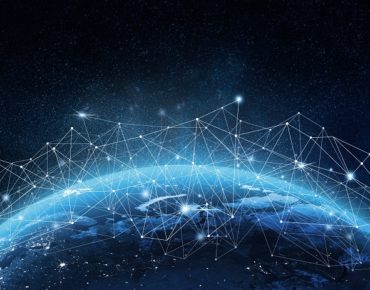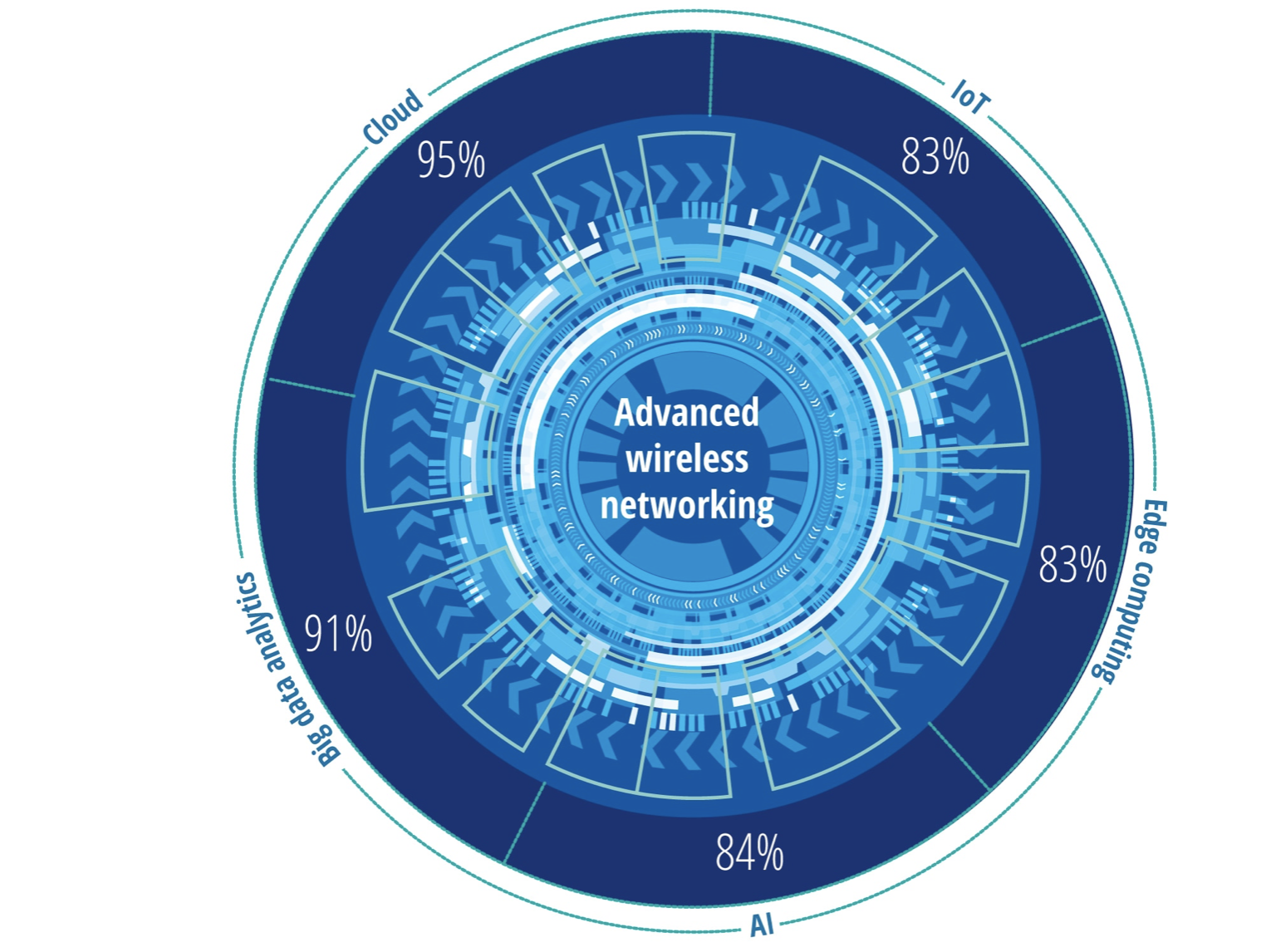Edge Computing Seen Transitioning to ‘Intelligent Edge’

The extension of cloud computing capabilities from datacenters to the somewhat amorphous network edge, variously defined as a connected device, appliance or a network gateway, is morphing into something more than edge computing. With the addition of AI, edge cloud computing is approaching what promoters dub the “intelligent edge,” a construct that can be implemented according to application, while incorporating AI, hyperscale services, low-latency, high-bandwidth connectivity and secure IT services.
The enterprise version of edge computing “likely requires a bespoke set of solutions customized for their operations and goals,” concludes an assessment of the “intelligent edge”by business consultant Deloitte.
Those tailor-made solutions would enable deployment of new intelligent edge services that incorporate machine learning models, custom semiconductors, inexpensive and low-power edge computing and broadband pipelines for data analytics applications.
Moving those cloud-based capabilities out from datacenters and 5G wireless base stations, for instance, would enhance data analytics capabilities via closer proximity to where sensor data is collected and stored.
According to the Deloitte assessment, “The intelligent edge is not a replacement for enterprise or hyperscale cloud datacenters but [is rather] a way to distribute tasks across the network” based on connectivity, security and priority.
The combination of edge computing and network intelligence opens up a range of low-latency applications such as remote control of industrial cobots, or collaborative robots, to drones and, perhaps self-driving vehicles.
The shift to the edge is also scaling down processing power to the footprint of micro-datacenters, or what the industry analyst refers to as a “supercomputer in a brief case.” That configuration would provide processing, storage and networking. Those capabilities are then augmented by network virtualization tools.
Most of the intelligence—and therefore, automation—embedded in edge networks derives from the steady advances and growing adoption of AI-enabled automation. Once an edge appliance is connected to an intelligent edge platform, it can operate autonomously.
“Increasingly, chips that are specialized and optimized to run AI and machine learning tasks are moving into edge appliances,” the study notes. Along with ubiquitous graphics processors, “edge-specific” chip architectures are emerging based on Tensor processing units, ASICs and even neuromorphic chips.
Those building blocks can be tailored to a range of intelligent edge applications spanning general-purpose programmability to specific tasks.
“Edge AI is also complementary to cloud AI, with reaction at the edge and learning in the core,” the report notes, (with italics in the original). “Resource-intensive training of algorithms can be done in the cloud and then shared out to the edge where lighter inference capabilities can quickly act on data.”

Percentage reporting advanced wireless technology is very or extremely important for deploying the technologies shown. Source: Deloitte
The other intelligent edge driver is the emergence of 5G wireless networks, delivering greater bandwidth and greatly reduced latency. The Deloitte study argues that the intelligent edge is driving adoption of 5G and Wi-Fi 6 routers targeting edge applications.
Sixty-two percent of executives surveyed told Deloitte they are deploying or plan to deploy the next-generation wireless technologies within the next year.
Indeed, those advanced wireless pipelines and connections are widely viewed as a “force multiplier” for enabling the components of the intelligent edge: AI, big data analytics, Internet of Things and the ability to move cloud computing to the network edge.
“As more industry leaders adopt and deploy the intelligent edge, more use cases and innovations will no doubt emerge,” the Deloitte study concludes. “How this evolution reshapes networks, services, machines, and the built environment will play out over the next decade.”
Related
George Leopold has written about science and technology for more than 30 years, focusing on electronics and aerospace technology. He previously served as executive editor of Electronic Engineering Times. Leopold is the author of "Calculated Risk: The Supersonic Life and Times of Gus Grissom" (Purdue University Press, 2016).










